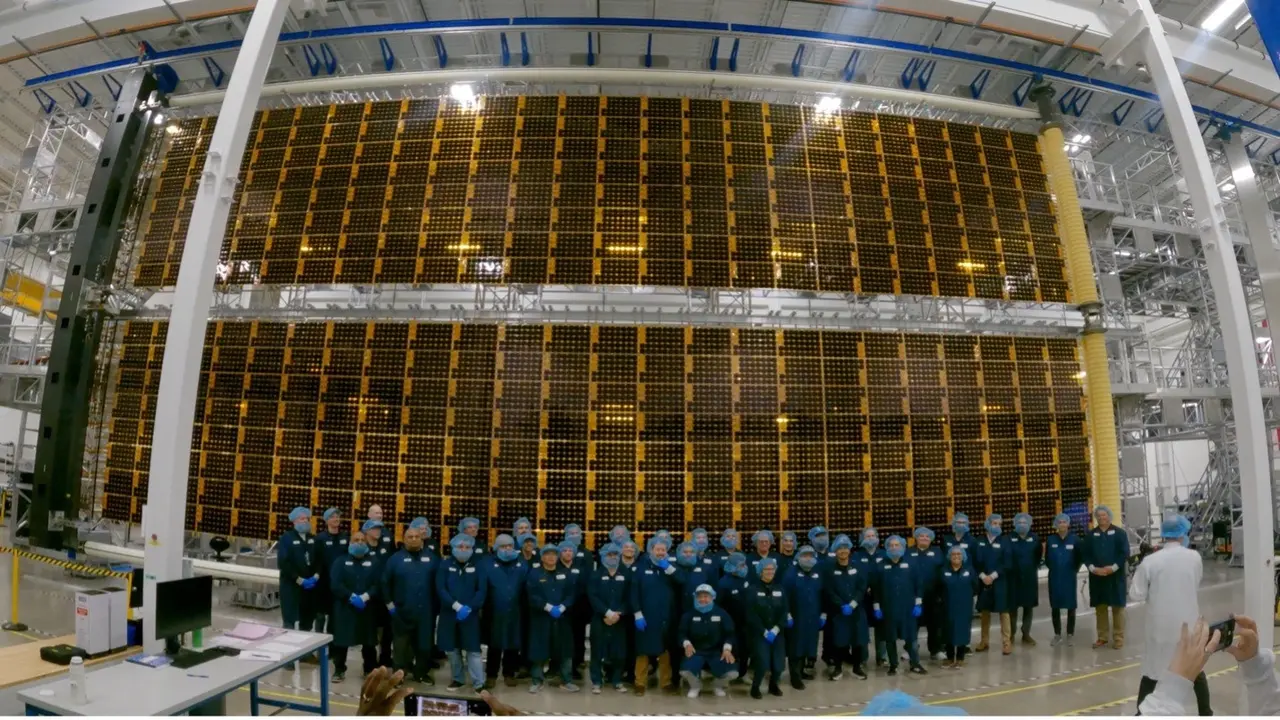The new generation solar panels developed for NASA’s Gateway station, planned to be built in lunar orbit, have been successfully tested. The testing process of the panels, which can produce 60 kilowatts of energy, was conducted by Florida-based Redwire Corporation. The company announced that the panels are the most powerful Roll-Out Solar Array (ROSA) system ever produced.
Solar panels developed for the Gateway station in testing
The new ROSA panels were designed specifically to feed solar-powered propulsion systems. The panels, which can be opened without using an engine via composite booms, stand out with their 40 kW/m³ power density and power-to-weight ratio ranging from 100 to 120 W/kg.

NASA had previously signed an agreement with space technologies company Maxar for the development of the energy and propulsion module. Maxar ordered two ROSA wings from Redwire within this scope. The company is expected to deliver the panels in the last quarter of 2025.
The Gateway project is defined as the first space station planned to be built in lunar orbit within the scope of NASA’s Artemis program. The project aims to establish a permanent human presence on the Moon and to create a transit point for exploration missions to more distant targets such as Mars. However, the future of the project remains uncertain. The budget cuts that came to the agenda during the term of President Donald Trump were the biggest risk factor directly affecting Gateway.
On July 2, 2025, a decision was made in the US Senate to pave the way for additional funding for human exploration missions. Although this development did not provide a definitive guarantee for Gateway, it did raise hopes for the project again. The successful test results of the solar panels developed by Redwire were recorded as an important step in the station’s energy infrastructure.













